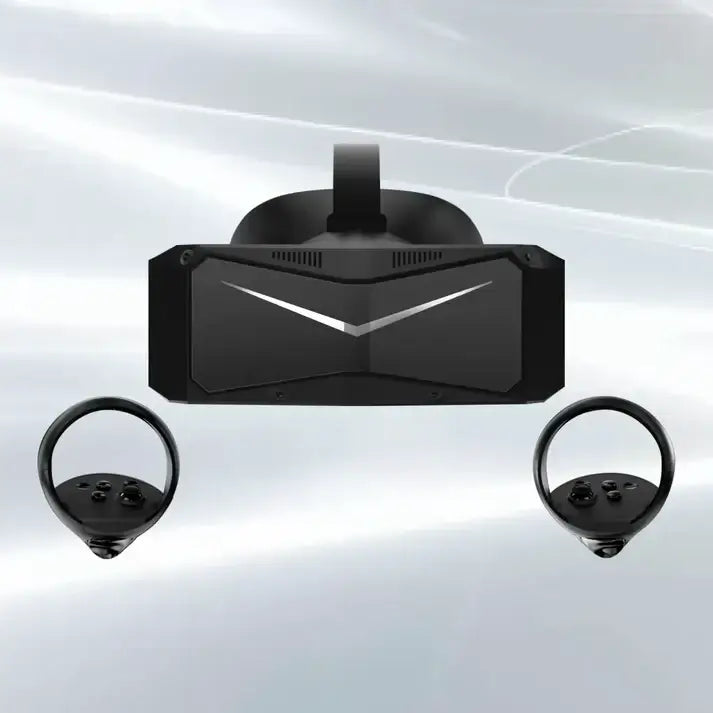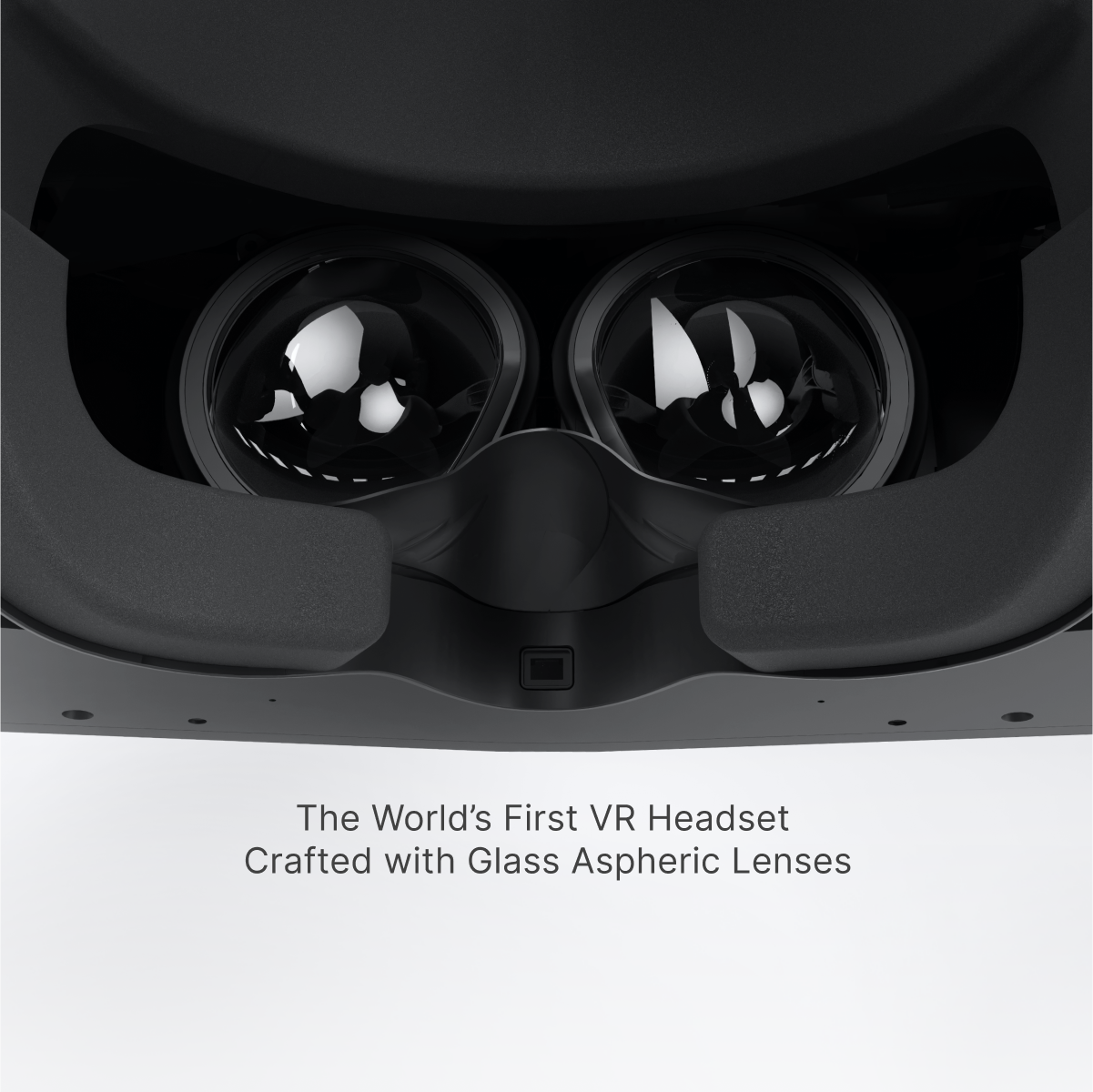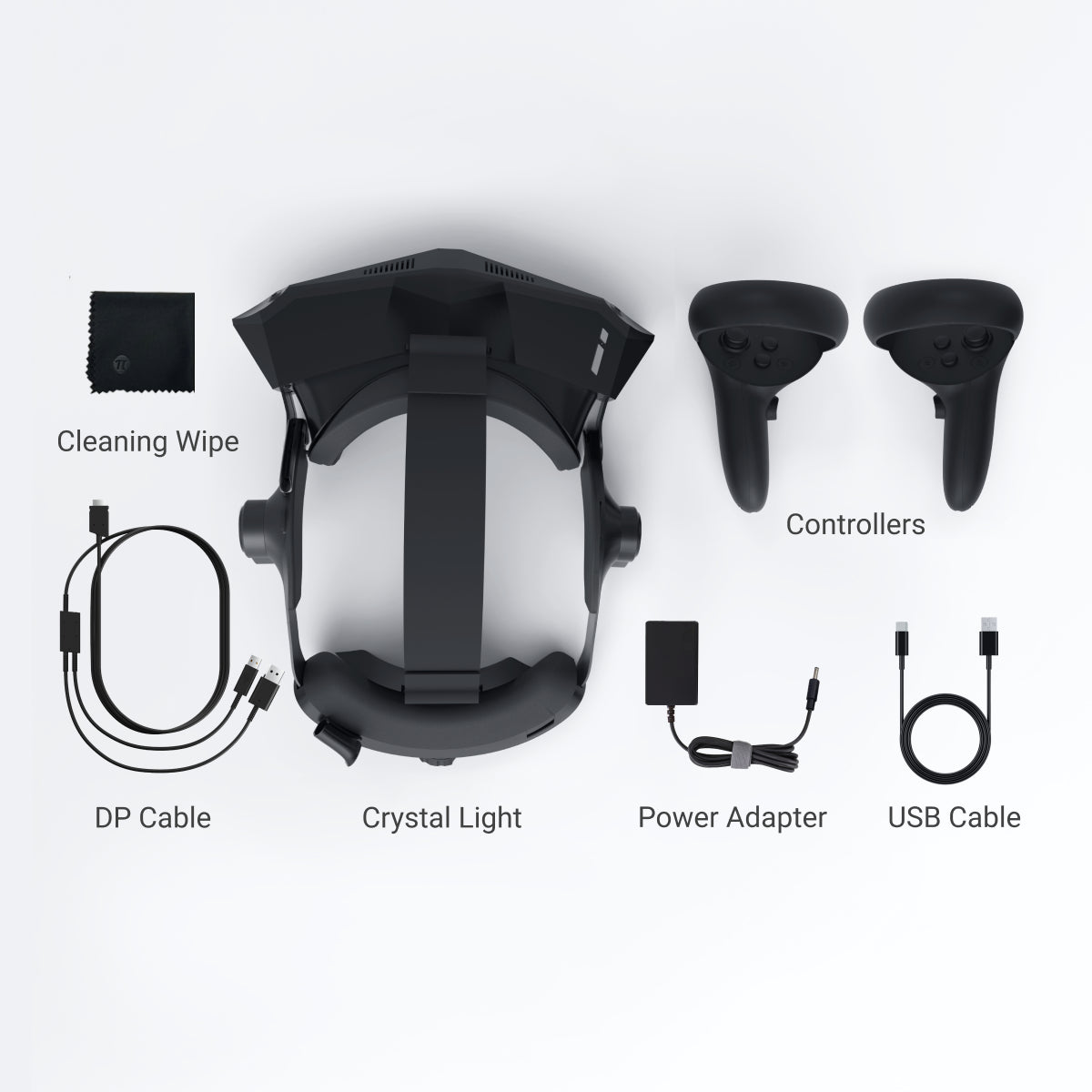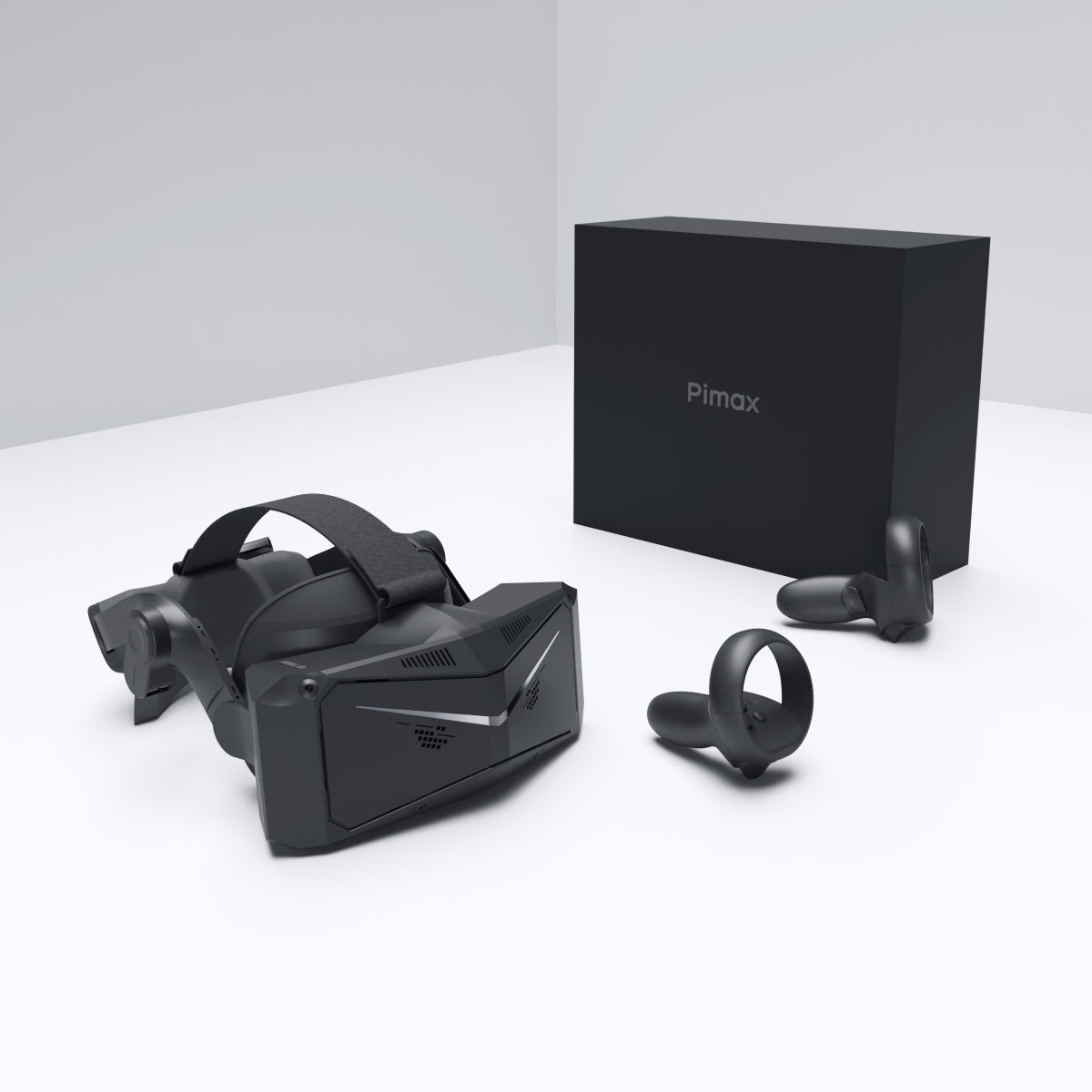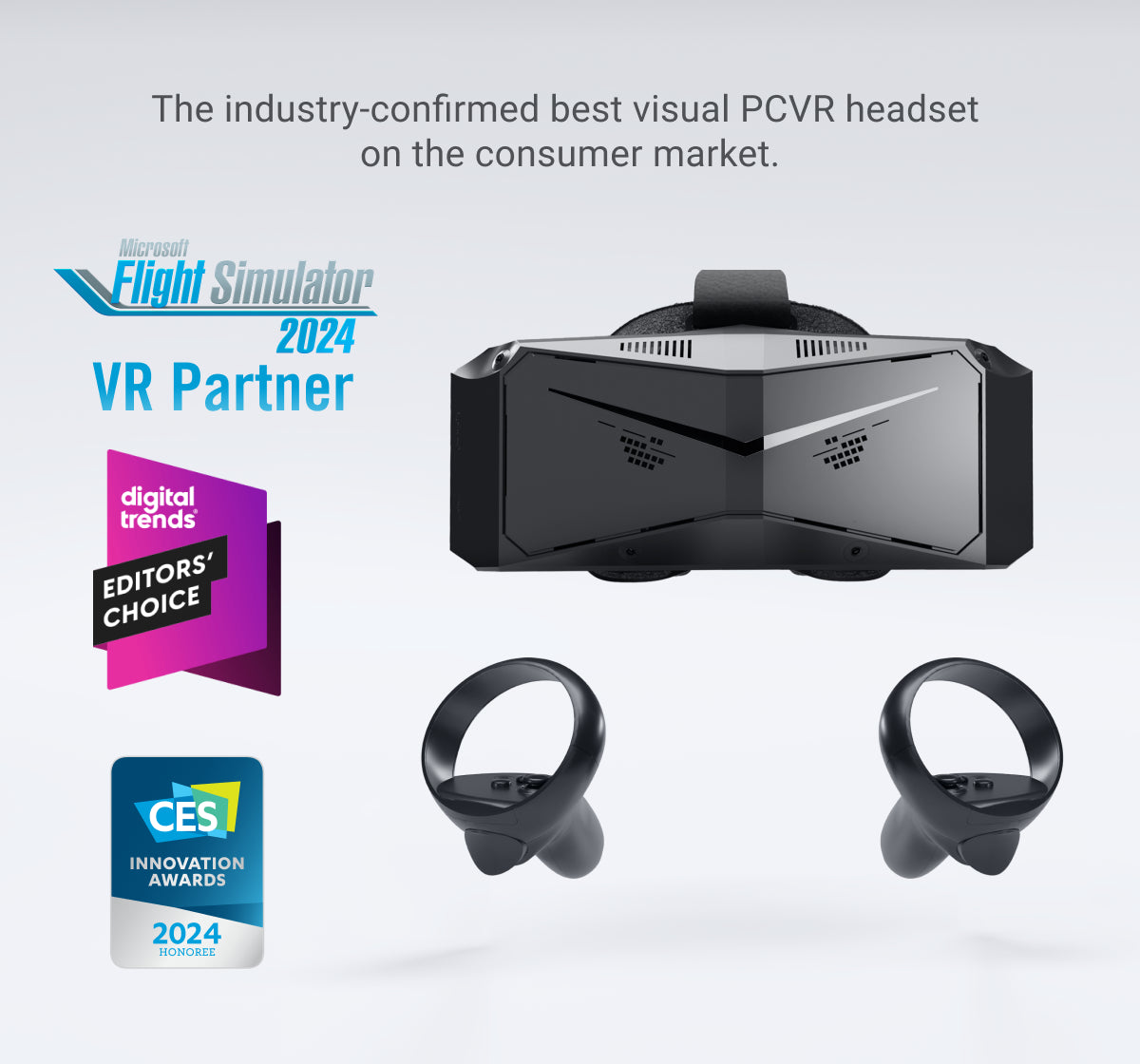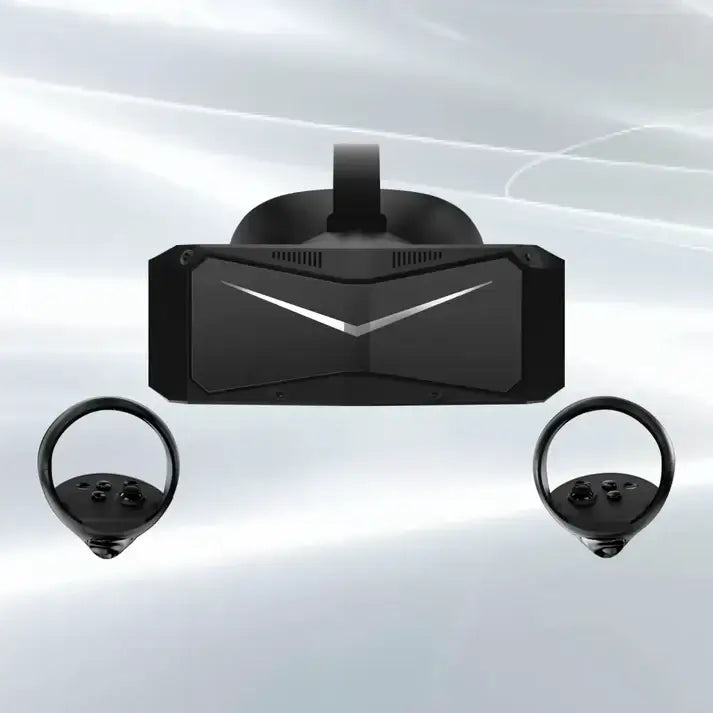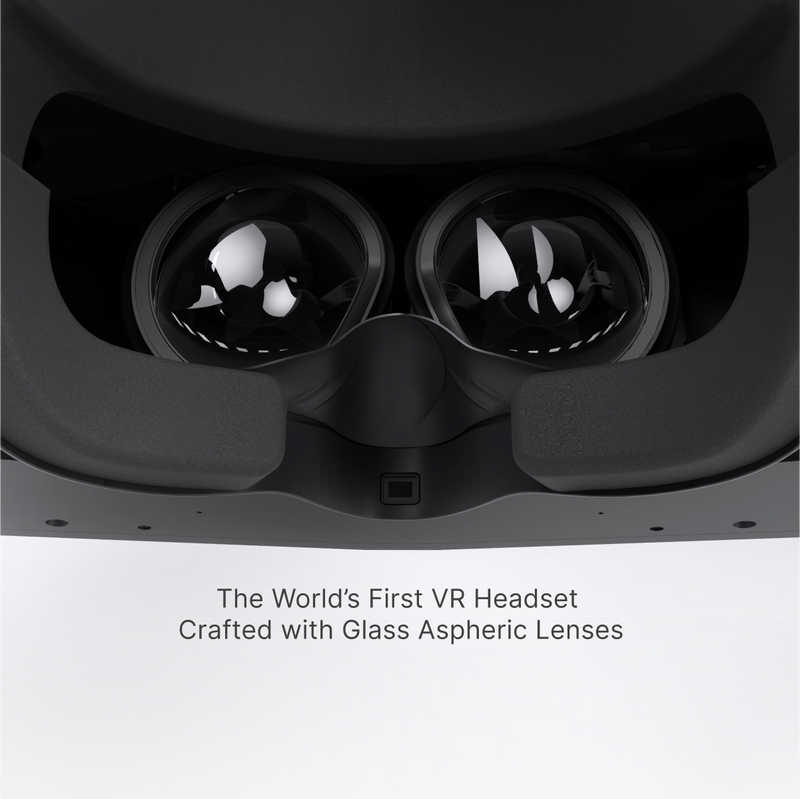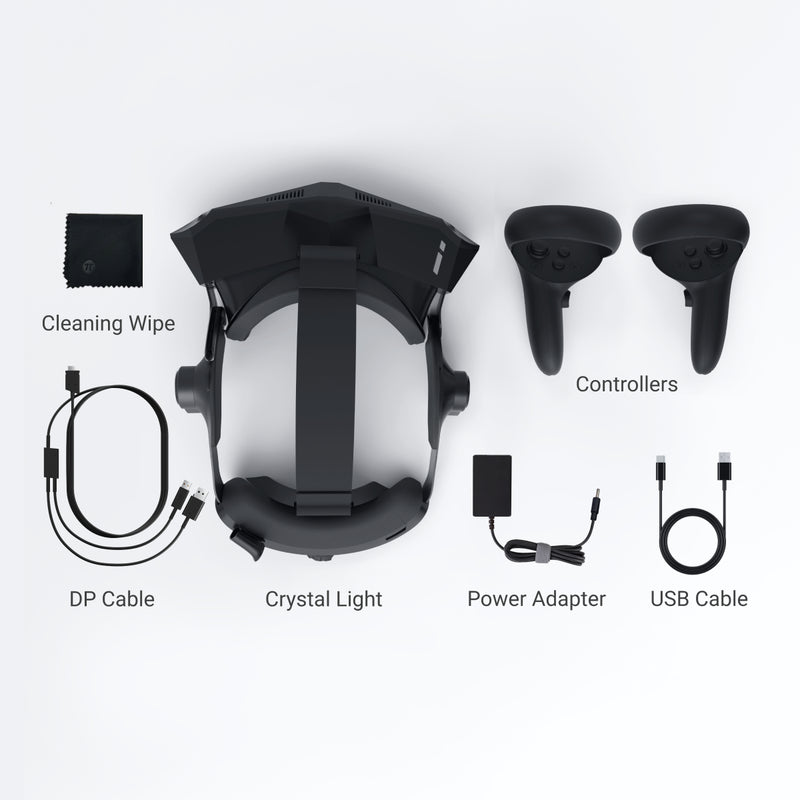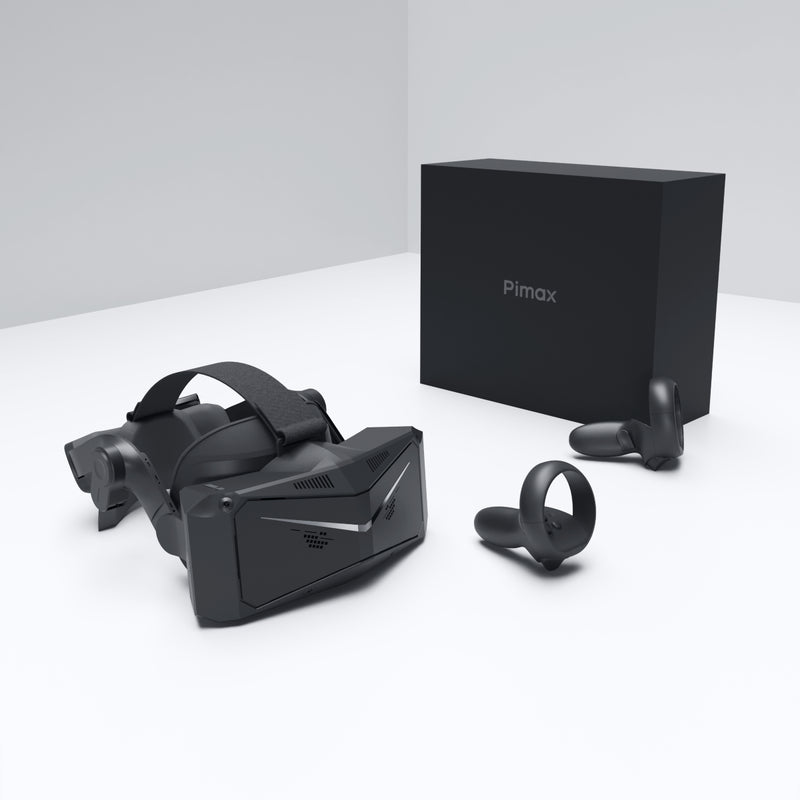What is Native 4K?
Native 4K refers to content where the original input resolution is 3840x2160 pixels or ~8.3 million pixels, also known as 4K. This high resolution delivers incredibly sharp and detailed visuals. With native 4K VR headsets such Pimax Crystal Light that boasts a resolution of 2880X2880 which translates to ~8.3 million pixels, what you see on the screen is precisely what was captured or created, ensuring the highest possible visual fidelity.
Is Upscaled Resolution of Meta Quest 3 Same as Native 4K of Pimax Crystal Light?
When comparing the resolution capabilities of the Meta Quest 3 and Pimax Crystal Light, the difference is clear. The Meta Quest 3 employs 4K upscaling, a process that enhances a lower input resolution of 2064×2208 (~4.5 million pixels) to 4K. While this can improve the visual quality, it doesn’t quite match the sharpness and clarity of native 4K. Pimax Crystal Light, on the other hand, offers true native 4K resolution 2880X2880 (~8.3 million pixels), ensuring that every detail is crisp and lifelike without the artifacts or blurriness that can result from upscaling.
Why Native 4K Resolution is Betther Than Upscaled 4K in Games?
The difference between native 4K and upscaled 4K becomes especially apparent when playing visually demanding games such as DCS or iRacing. In native 4K, textures, edges, and small details are rendered with precision, creating a more immersive and realistic experience. Upscaled 4K, while still impressive, can sometimes struggle with finer details and may introduce visual artifacts, especially in fast-paced or complex scenes. Pimax Crystal Light’s native 4K capability provides a superior gaming experience, with visuals that are both more detailed and more consistent.

What is the Cable Advantage for Native 4K?
While the wireless Meta Quest 3 offers freedom of movement, it comes with limitations—especially when it comes to achieving true 4K resolution. The Pimax Crystal Light’s wired connection is essential for delivering the bandwidth needed for native 4K content. That is because it uses a DisplayPort (DP) connection, which provides a direct, lossless compression signal to the headset. This is a significant advantage over USB connections, which require compression and decompression of the image, similar to streaming video. If you've ever compared a monitor connected via USB versus HDMI or DisplayPort, you’ll notice that HDMI and DP deliver far superior image quality. The same principle applies here: the Pimax Crystal Light’s DP connection ensures that you get the full benefit of true 4K visuals, providing an experience that wireless systems like the Meta Quest 3 can’t match. For those who prioritize visual quality, the cable and DP connection are small trade-offs for the stunning clarity of native 4K.



